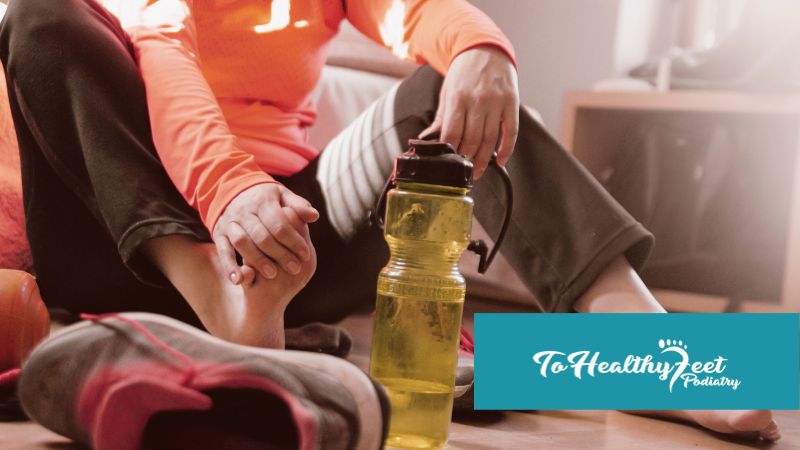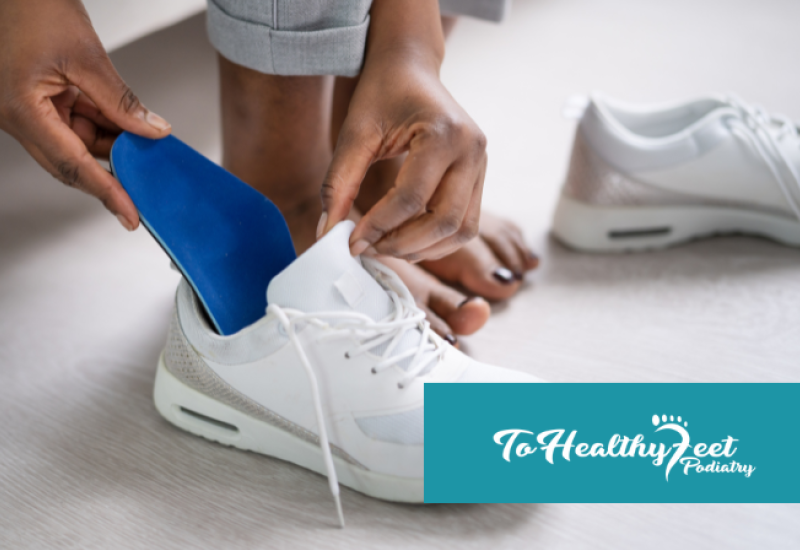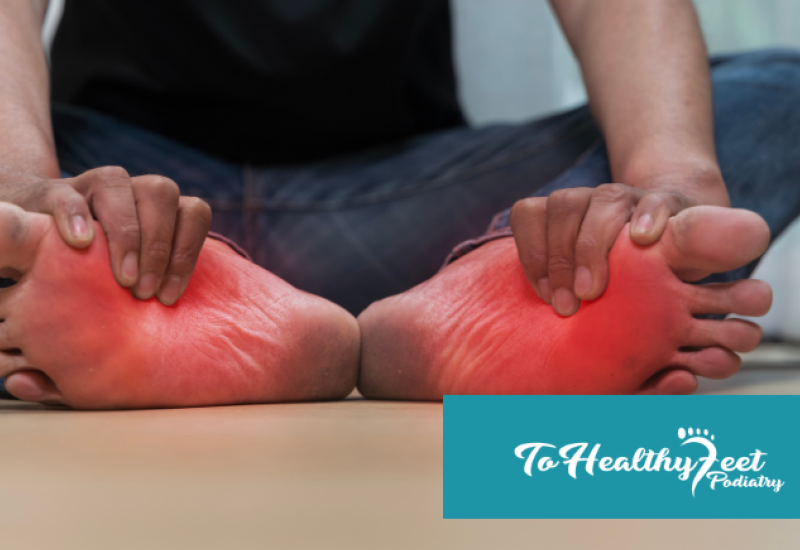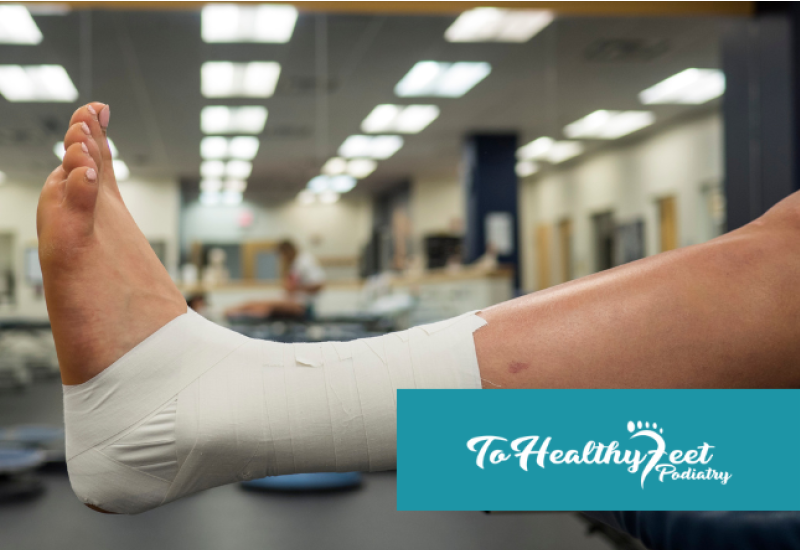Athletes pour their heart and soul into their training, striving to achieve peak performance and conquer their goals. However, the journey to greatness isn't without its hurdles, and one common obstacle many athletes face is the development of bunions. These painful bony protrusions at the base of the big toe can be a significant hindrance to athletic pursuits. Yet, with the right knowledge and proactive measures, athletes can effectively manage and even prevent bunions, ensuring they stay on track to reach their full potential.
Proper Footwear Selection and Fit
One of the primary contributors to bunion formation is ill-fitting footwear. For athletes, choosing the right shoes is paramount not only for performance but also for foot health. Tight or narrow shoes can exacerbate bunion pain and progression, while shoes with inadequate support may lead to improper foot mechanics. Athletes should opt for athletic footwear designed with ample toe room, good arch support, and cushioning to alleviate pressure on the toes and joints. Additionally, getting professionally fitted for shoes can ensure a proper fit, reducing the risk of developing bunions.
Strengthening and Stretching Exercises
Incorporating specific exercises into a regular training regimen can help strengthen the muscles and improve flexibility in the feet and toes, which can mitigate the development of bunions. Toe stretches, toe spreads, and toe curls can help maintain mobility and prevent stiffness in the toes. Additionally, exercises that target the muscles of the foot and lower leg, such as calf raises and foot arch strengthening exercises, can enhance foot stability and reduce strain on the toe joints. By prioritizing these exercises, athletes can build a solid foundation and decrease their susceptibility to bunions.
Proactive Injury Management
Athletes are no strangers to injuries, and addressing them promptly is crucial for overall well-being. When it comes to bunions, early intervention is key to managing symptoms and preventing further deterioration. Athletes experiencing bunion pain should prioritize rest, ice, compression, and elevation (RICE) to reduce inflammation and alleviate discomfort. Moreover, utilizing orthotic devices, such as bunion splints or toe separators, can help realign the toes and relieve pressure on the bunion. Seeking guidance from a healthcare professional, such as a podiatrist or physical therapist, can provide tailored treatment plans and preventive strategies tailored to an athlete's specific needs.
Mindful Training Techniques
While pushing physical boundaries is inherent in athletic endeavors, overtraining or improper technique can exacerbate existing foot issues, including bunions. Athletes should approach training with mindfulness and awareness of their body's signals. Incorporating low-impact activities, such as swimming or cycling, into their routine can provide a reprieve from high-impact stress on the feet while maintaining cardiovascular fitness. Additionally, varying training surfaces and avoiding repetitive movements that strain the toes can help prevent further aggravation of bunions. By listening to their bodies and incorporating balanced training techniques, athletes can safeguard their foot health and longevity in their sport.
Bunions may present a formidable challenge for athletes, but with proactive measures and mindful care, they need not derail one's athletic pursuits. By prioritizing proper footwear selection, incorporating strengthening and stretching exercises, implementing proactive injury management strategies, and practicing mindful training techniques, athletes can effectively manage and prevent bunions. Foot health is an essential component of overall athletic performance, and by investing in the well-being of their feet, athletes can continue to pursue their passion with confidence and resilience. Remember, prevention and proactive management are the keys to staying on track towards achieving athletic greatness while keeping bunions at bay.
Written on behalf of To Healthy Feet Podiatry.
FAQs
Q: Are bunions more common in certain sports?
A: Bunions can occur in any sport, but they may be more prevalent in activities that involve repetitive movements, high-impact forces on the feet, or tight footwear, such as running, dancing, or certain types of ball sports.
Q: How can athletes alleviate bunion pain during training?
A: Athletes can alleviate bunion pain during training by wearing cushioned and supportive footwear, using orthotic devices or toe separators, applying ice or taking anti-inflammatory medication, and modifying their training regimen to reduce pressure on the affected foot.
Q: Can athletes continue training with bunions?
A: Athletes can often continue training with bunions by modifying their activities, wearing appropriate footwear, and implementing preventive measures to manage symptoms and prevent further progression of the condition.




